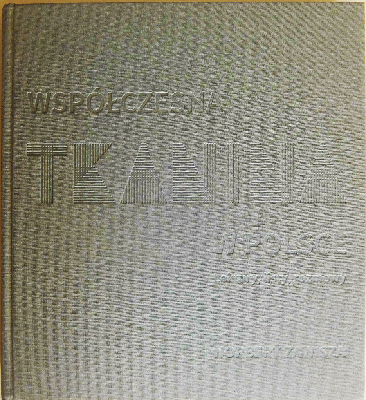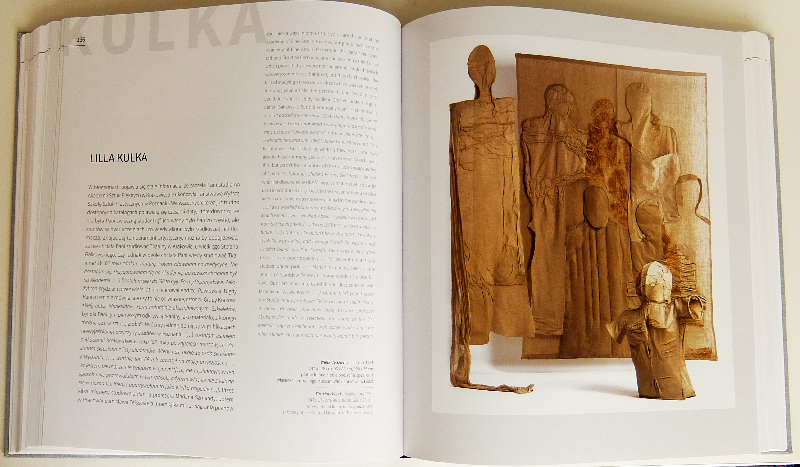 Contemporary Polish Textile Art – Readings, letters and conversations, Norbert Zawisza
Contemporary Polish Textile Art – Readings, letters and conversations, Norbert Zawisza
Publiziert vom Kulturinstitut Mazovia , Warschau, 2017; 288 Seiten, 119 Farb- and 11 schwarz-weiß Fotos, 600 Exemplaren, ISBN 978-83-63427-63-4.
Dieser Text gibt es leider nur auf English!